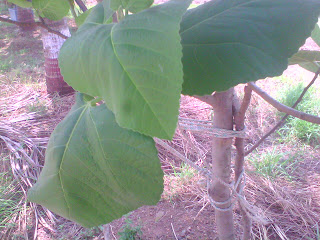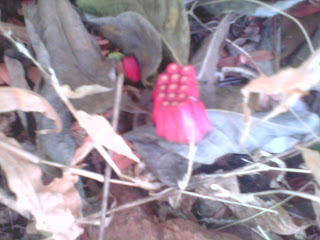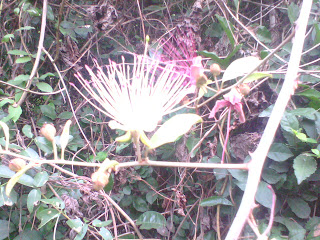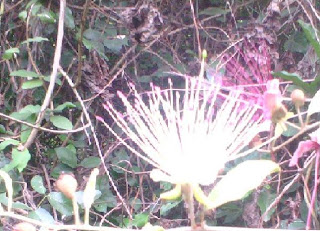Common names:- Charoli , Char , Charpoppu ,Charoli.
A moderate-sized deciduous tree growing throughout the State in open deciduous forests.
Leaves are eaten by buffaloes.
A moderate-sized deciduous tree growing throughout the State in open deciduous forests.
Leaves are eaten by buffaloes.
Buchanania lanzan, commonly known as chironji or charoli, is a small deciduous tree native to India and some other parts of South Asia. The tree belongs to the family Anacardiaceae, and it is primarily known for its seeds, which are edible and have various culinary and medicinal uses. Here are some key characteristics and uses of Buchanania lanzan:
1. Appearance:
Buchanania lanzan typically grows to a height of 5 to 10 meters.
The leaves are simple, alternate, and elliptical in shape.
The small, fragrant flowers are pale yellow or greenish-white.
2. Edible Seeds:
The seeds of chironji, often referred to as "charoli nuts," are the most valued part of the tree.
These seeds are small, about the size of a lentil, and have a slightly sweet and nutty flavor.
Charoli nuts are commonly used in Indian cuisine to add flavor and texture to various dishes, such as sweets, desserts, curries, and rice dishes.
3. Medicinal Uses:
In traditional Indian medicine (Ayurveda), various parts of the Buchanania lanzan tree, including the seeds, leaves, and bark, have been used for their potential medicinal properties.
Chironji seeds are believed to have antioxidant and anti-inflammatory properties and are used in herbal remedies.
They are also used for their potential to improve skin health and alleviate digestive issues.
4. Timber:
The wood of Buchanania lanzan is used for making furniture and small wooden items.
5. Conservation:
The tree has faced habitat loss and overexploitation, which has raised concerns about its conservation in some regions.
6. Culinary Uses:
Chironji seeds are a popular ingredient in Indian sweets like barfi, halwa, and kheer (rice pudding).
They are also used in savory dishes, such as pilaf and various curries, especially in northern Indian cuisine.
Buchanania lanzan is a versatile tree valued for its edible seeds and various traditional uses. The seeds, in particular, are an essential ingredient in many regional Indian recipes and contribute to the rich and diverse culinary heritage of the country.





 Calotropis procera | Madar | image
Calotropis procera | Madar | image







